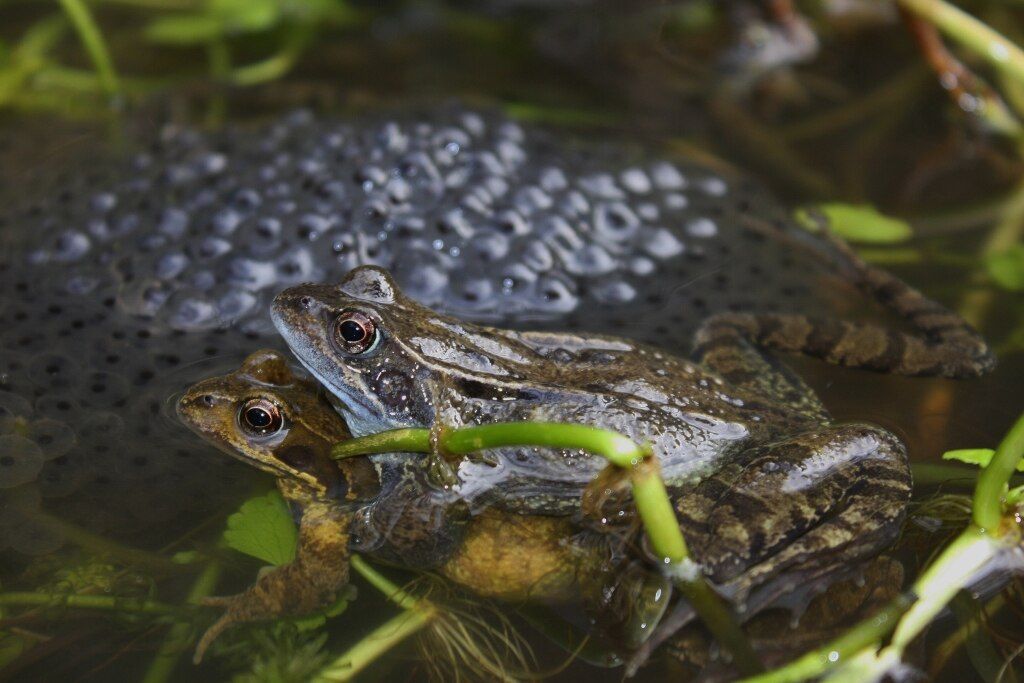What can you do for wildlife in a small garden?
By Kate Bradbury - 17 May 2023
I live in a terraced house in South Portslade, just outside Brighton, and have a modest 40ft garden. It’s quite urban and industrial where I live – Shoreham Port is at the end of my road, while the high street is just one block away. But, in the four years I’ve lived here, I’ve made my garden as welcoming to wildlife as possible, and it’s now teeming with hedgehogs, frogs, toads and newts, along with slow worms, birds and insects. Not bad for a small urban plot.
What can you do for wildlife in a small garden? Log piles, a compost heap and wild areas are a great start. My log pile is tucked beneath my bench. I have a large open compost heap sandwiched between the shed and garden wall. I allow weeds to flourish but only at the back of the borders, ensuring there’s room for a bit of everything. I think I could win a competition for the tiniest mixed native hedge, but that’s where I see the wrens, so it’s obviously good enough for them.
I have patches of long grass, some of which I manage as ‘grassland’, cutting it back in stages to promote microhabitats, like grazing animals would.
My pond is bigger than most people would go for in a small garden. I wanted it to be deep enough to support toads but have plenty of shallows for frogs to spawn, birds to bathe and aquatic invertebrates to gather. I have a sunny border packed with pollinator plants from spring through to early winter, and a shady border with native shrubs and trees – foodplants for moths and other invertebrates. These supply birds and other predators with food in spring and summer, while seedheads and berries provide food in winter, too. This means there’s a year-round source of natural food for those who need it.

Beyond the garden I collect and dispose of any litter I find, and while I’m at it I create hedgehog habitats in my local park. You can provide a purpose-built hedgehog house in your garden or just use old logs and vegetation to provide shelter. I’ve also set up a hedgehog group in the hope that neighbours can help create safe habitats and highways for hedgehogs in their gardens, which I know other wildlife will also benefit from. Sometimes neighbours approach me and say “I want to create this habitat but I don’t know how” and we chat about what they can do. It’s nice knowing my efforts are rubbing off onto others.
You don’t have to do all of the above. You might have a bigger area to work with, or just a small balcony or patio. But just doing one thing can make a difference – a pot of Mediterranean herbs left to flower on a balcony will provide a stepping stone for pollinators on their way to bigger habitats, a dish of water will enable birds to bathe and drink. Simply making holes in your fence or gate will connect your space to the wider area, which will instantly make it wilder. And never underestimate the power of talking to your neighbours – your one garden can do great things, but a network of gardens connected via hedgehog highways and holes in gates? That’s a landscape, that’s magic.
By Kate Bradbury Author & Journalist Gardens & Greenspaces Ambassador

